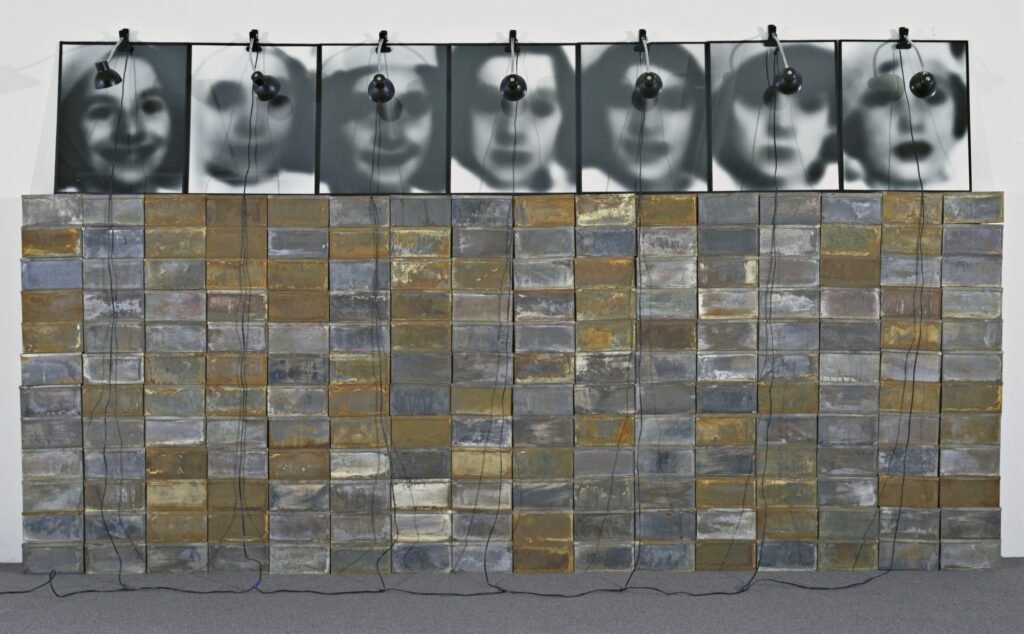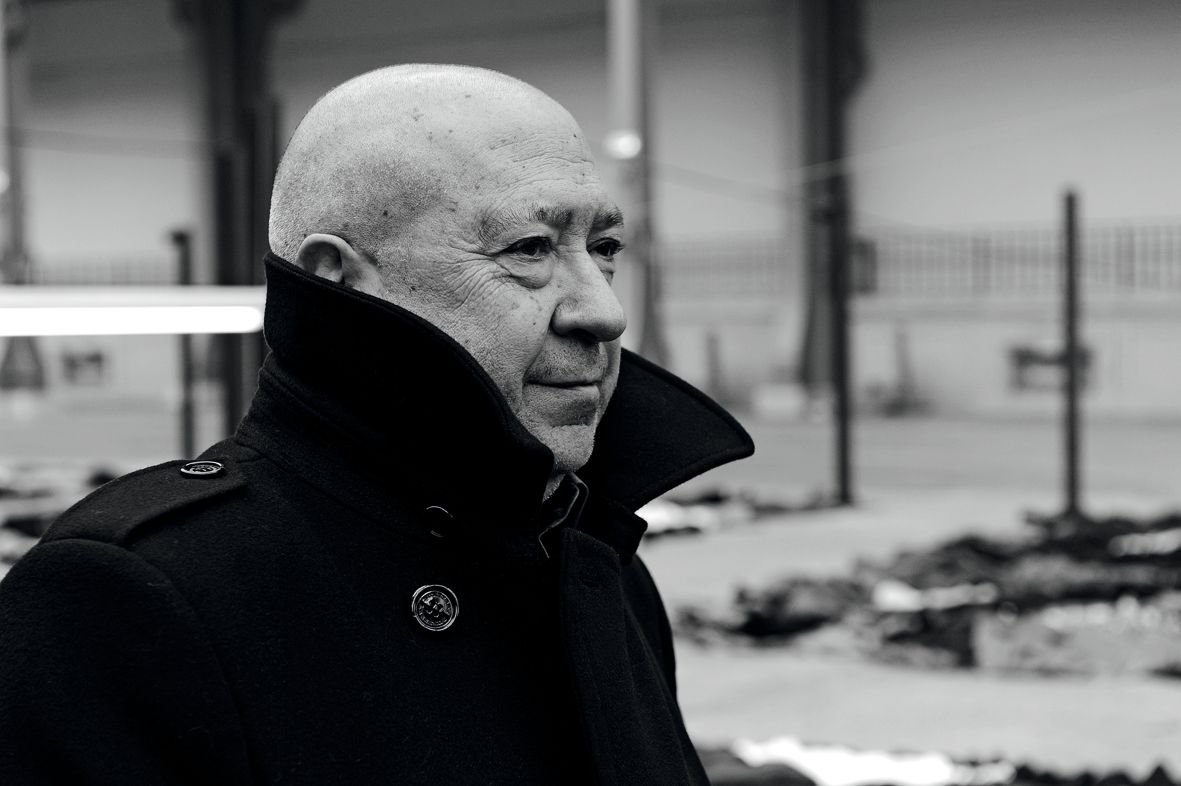Key points:
- Christian Boltanski was an international artist with striking themes.
- Boltanski’s themes included Memory, Forgotten lives and much more.
- She died in Paris at 76.
International artsist Christian Boltanski dies at 76:
The Marian Goodman Gallery, which addressed him, declared his demise, in a clinic. No reason was given.
Boltanski once filled the enormous Wade Thompson Drill Hall of the Park Avenue Armory in the New York City district of Manhattan with 30 tons of disposed of attire, a work about misfortune and recognition that he called “A dead zone.” A display he made at the Musée d’Art Moderne de la Ville in Paris in 1998 included a large number of items he had gotten from the lost and found at Grand Central Terminal in New York. Another show comprised of photos he had appropriated from tribute in a Swiss paper. He made a perpetual establishment at an exhibition hall in Bologna, Italy, given to a questionable plane debacle, with the destruction of the plane as its focal point. Since 2008, he had recorded the pulses of individuals all around the world for what he called “Les Archives du Coeur.”
Those and his numerous different works were wealthy in visual and aural effect and open-finished in their solicitation to the watcher to ponder the past, what has been lost and what perseveres.

“What intrigues him isn’t such countless specific individuals — regardless of whether it be kids he knew, individuals he experienced in photos or pictures of himself — yet rather the mechanics of memory,” Michael Brenson wrote in The New York Times in 1988, investigating a Boltanski show at the New Museum of Contemporary Art in New York. “His works are both carefully requested and claustrophobic. His new establishments clear us in, once in a while engage, then, at that point request that we venture back and consider pictures and sentiments that appear to be excessively full, excessively quick, to consider.”
Boltanski’s works, with their ideas of incalculable evaporated lives, were regularly said to bring out the Holocaust, and he had an individual associated with that occasion. However he said his pieces were never straightforwardly about the Holocaust, yet rather were educated by it. What’s more, he said, even though he was frequently seen as being distracted with death, he saw good faith and even humour in a portion of his works.




















































